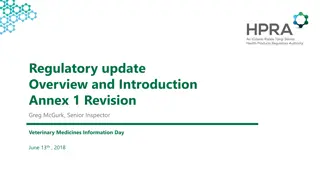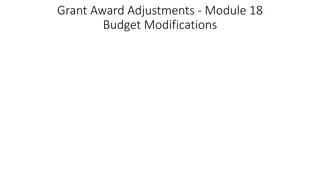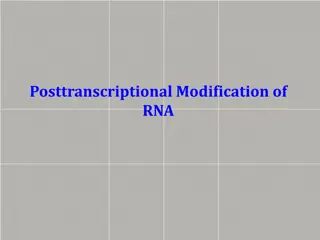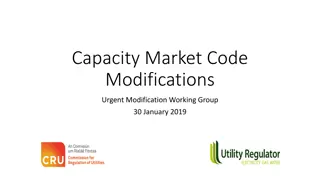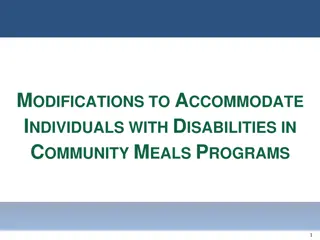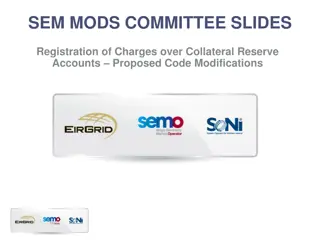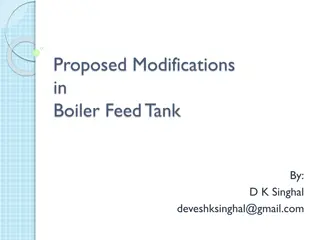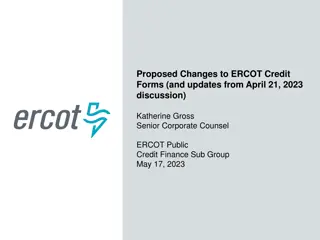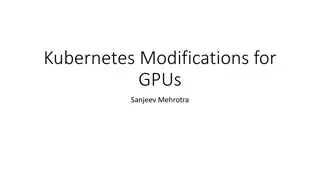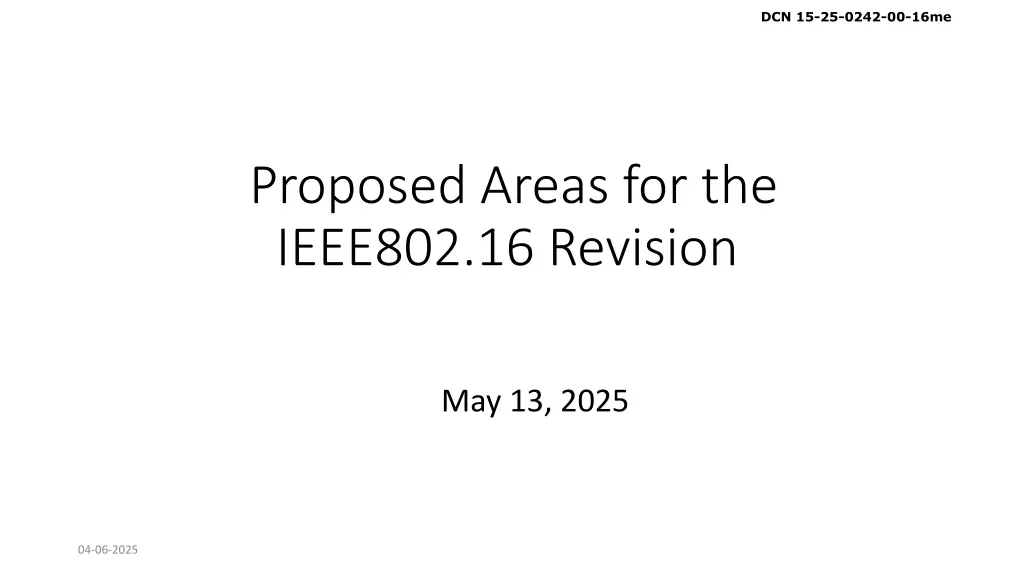
Proposed Areas for IEEE802.16 Revision 2025: Enhancements and Improvements
The document outlines proposed areas for the IEEE802.16 revision in May 2025, including overhead reduction, gain adjustment, preamble sequences modifications, channel access improvements, and more to enhance performance and functionality.
Download Presentation

Please find below an Image/Link to download the presentation.
The content on the website is provided AS IS for your information and personal use only. It may not be sold, licensed, or shared on other websites without obtaining consent from the author. If you encounter any issues during the download, it is possible that the publisher has removed the file from their server.
You are allowed to download the files provided on this website for personal or commercial use, subject to the condition that they are used lawfully. All files are the property of their respective owners.
The content on the website is provided AS IS for your information and personal use only. It may not be sold, licensed, or shared on other websites without obtaining consent from the author.
E N D
Presentation Transcript
DCN 15-25-0242-00-16me Proposed Areas for the IEEE802.16 Revision May 13, 2025 04-06-2025
DCN 15-25-0242-00-16me Proposed Categories of Additions/Modifications Overhead reduction in the DPP burst for short messages Modify the gain adjustment and the preamble sequences to match the performance of repetition/combining Add explicit spec of the DPP FEC to include both CTC and CC Improve channel access New Functionality Automatic selection of repetitions vs no repetitions for a given MCS Automatic channel selection when multiple channels are available Capability negotiation Filtering with and without authentication 04-06-2025
DCN 15-25-0242-00-16me DPP Overhead Reduction Add a low overhead mode for applications characterized by: Short messages Single message per burst Fixed MCS Overhead can be reduced by Optimizing the gain adjustment and preamble sequences Remove the sender and receiver ID from the CTRL MSG Protect the entire burst with the HMAC if authentication enabled or with a single CRC if authentication is disabled. HMAC filed should be minimized subject to security strength considerations 04-06-2025
DCN 15-25-0242-00-16me Gain adjustment and preamble sequences The length of the gain adjustment and the preamble sequences are fixed in ieee802.16t as follows: Gain adjustment sequence: 54 bits Preamble sequence: 63 bits When repetition/combining is applied, these sequences become the weakest link and they do not allow the full benefit of repetition combining. The sequences need to be extended so that their SNR requirements is same or lower than the repetition factor they serve. For example, for repetition factor 8, the sequences were extended to 70 for gain adjustment and 127 bits for preamble. To minimize the overhead, optimization of these sequences vs repetition factor is required. 04-06-2025
DCN 15-25-0242-00-16me Improve Channel ACCESS The objective is to minimize burst collisions when many DPP links are operating in range of each other. Performance improvement may involve: Modifications in CSMA/CA strategy, e.g., persistent CSMA/CA Sophisticated deferral schemes: Utilize knowledge of the messages and their duration Utilize master slave relationship Delegate CSMA/CA function to a node with good coverage to avoid the hidden node problem 04-06-2025
DCN 15-25-0242-00-16me Automatic selection of repetitions vs no repetitions for a given MCS This will support the following scenario: The DPP terminals are configured with a fixed MCS and a fixed repetition factor. Operation with repetitions introduces significant overhead It is desired to operate most of the time with no repetitions and invoke repetitions only when a predefined condition is met, e.g., type of message or when no ack received when no repetition. It is desired to have the receiver determine from the preamble whether the burst has repetitions. The feasibility and sequence selection needs to be explored. 04-06-2025
DCN 15-25-0242-00-16me Automatic channel selection when multiple channels are available It is desired to operate in TDD mode but when there are multiple channels, an automatic channel selection algorithm is required. The algorithm should share the load across all channels. This can be done by: Statistical distributed means Using a central entity 04-06-2025
DCN 15-25-0242-00-16me Capability Negotiation The value of certain configurable parameters can be determined using capability negotiation during the association phase. The parameters could be either standard, vendor specific or both. Example of a standard parameter: MCS Example of vendor specific parameter: DPP vs legacy air interface protocol 04-06-2025
DCN 15-25-0242-00-16me Filtering with and without authentication When authentication is enabled, filtering can be done based on HMAC. The sender and receiver ID can be removed. When authentication is disabled, a sender ID will be added to be used for filtering by the receiver. 04-06-2025





